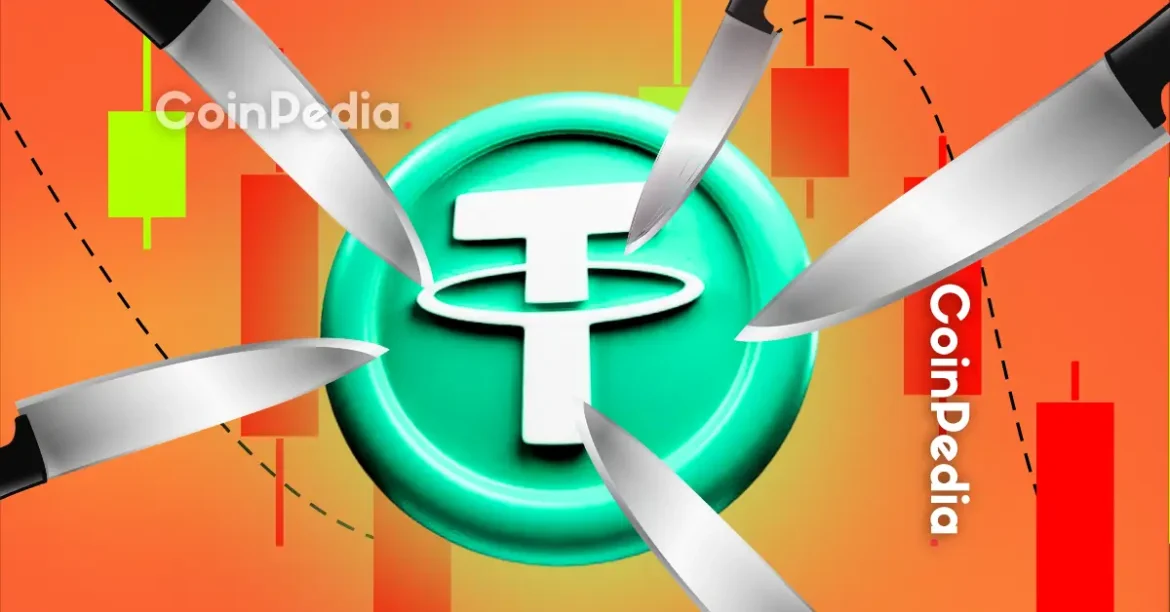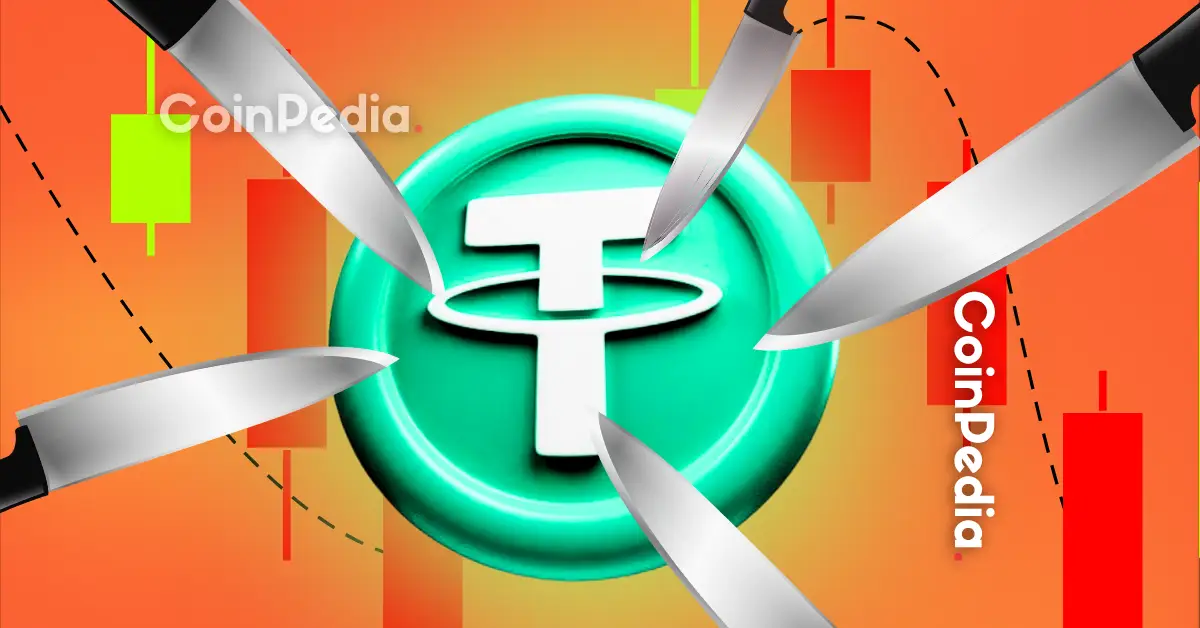Tether’s Ascendance: A Deep Dive into Q2 2025 and Beyond
Introduction: From Stablecoin to Sovereign Lender
The cryptocurrency landscape has witnessed a remarkable evolution, and at the heart of this transformation lies Tether, the issuer of the widely used USDT stablecoin. Initially conceived as a tool to facilitate seamless trading within the volatile crypto markets, Tether has transcended its original purpose. Today, it stands as a formidable financial entity, wielding significant influence in the global debt market. The second quarter of 2025 has been particularly illuminating, revealing Tether’s strategic prowess and financial acumen. This report explores the intricacies of Tether’s financial performance, its substantial holdings in U.S. Treasury securities, and the broader implications of its newfound status.
The Numbers Don’t Lie: A Quarter of Record Profits
The attestation reports for Q2 2025 have unveiled a financial performance that is nothing short of extraordinary. Tether reported a net profit of approximately $4.9 billion, a figure that underscores the company’s robust and sustainable business model. Of this amount, around $3.1 billion was attributed to recurring operational earnings, highlighting Tether’s ability to generate consistent revenue streams. This financial success is not merely a product of luck but a testament to strategic decision-making and effective resource management.
Treasury Titan: Tether’s Massive U.S. Debt Portfolio
One of the most striking revelations from Q2 2025 is the scale of Tether’s investment in U.S. Treasury securities. By the end of the quarter, Tether held over $127 billion in U.S. government debt. This portfolio is composed of both direct holdings, amounting to $105.5 billion, and indirect holdings, totaling $21.3 billion. To contextualize this figure, Tether’s holdings are now comparable to those of major institutional investors and even some central banks. This positions Tether as a significant player in the global debt market, with the ability to influence financial trends and policies.
Beyond the Balance Sheet: Strategic Implications
Tether’s accumulation of U.S. Treasuries has far-reaching implications that extend beyond mere financial metrics.
Stabilizing Influence
By maintaining a substantial portion of its reserves in highly liquid and relatively safe U.S. Treasuries, Tether aims to bolster the stability and credibility of the USDT stablecoin. This strategy is designed to reassure users and regulators that each USDT is backed by a corresponding dollar equivalent or near-equivalent asset. In an industry often plagued by volatility and uncertainty, this level of transparency and stability is crucial for maintaining trust and confidence.
Yield Generation
U.S. Treasuries offer a steady stream of income through interest payments. With such a massive portfolio, these payments contribute significantly to Tether’s overall profitability. This income helps to offset operational costs and further strengthens the company’s financial position. The ability to generate consistent yields from these investments underscores Tether’s strategic foresight and financial acumen.
Geopolitical Considerations
A large holding of U.S. debt ties Tether’s financial interests, to some extent, to the stability and performance of the U.S. economy. This interconnectedness could influence Tether’s strategic decisions and its relationship with U.S. regulators. As a major holder of U.S. debt, Tether’s actions and policies could have implications for global financial markets and geopolitical dynamics.
A Closer Look at the Q2 2024 Attestation
The Q2 2024 attestation report, conducted by BDO, provides further insights into Tether’s financial health and its growing influence. The report reveals a record-breaking $5.2 billion profit for the first half of 2024, with a net operating profit of $1.3 billion in Q2 alone. This financial performance is a clear indication of Tether’s ability to generate substantial revenue and maintain a strong financial position.
The attestation also highlights Tether’s $97.6 billion ownership of U.S. Treasuries, positioning the company 18th in the rankings of countries owning U.S. debt and 3rd in purchases. These numbers point to a growth trajectory that warrants careful observation and analysis. Tether’s ability to amass such a significant portfolio of U.S. debt in a relatively short period is a testament to its strategic vision and financial prowess.
Surpassing Expectations: Tether’s Global Ranking
Tether’s holdings have reached such a scale that the company has now surpassed several countries in terms of U.S. debt ownership. Most recent data indicates that Tether is the 18th-largest holder of U.S. Treasury bills and other debt instruments and the 3rd largest purchaser, putting it ahead of nations like Germany. This illustrates the magnitude of Tether’s financial transformation and its increasing significance in the global financial system.
The Regulatory Landscape: A Tightrope Walk
Tether’s rapid growth and increasing influence have not gone unnoticed by regulators. The company has faced scrutiny over the transparency and composition of its reserves, as well as its compliance with anti-money laundering (AML) regulations. Maintaining a positive relationship with regulatory bodies is crucial for Tether’s long-term sustainability. Increased transparency and a proactive approach to compliance are essential for building trust and navigating the complex regulatory landscape of the cryptocurrency industry.
Challenges and Criticisms: Navigating Troubled Waters
Despite its financial success, Tether has faced its fair share of challenges and criticisms.
Transparency Concerns
Critics have long questioned the transparency of Tether’s reserves, demanding greater clarity on the composition and security of its assets. While Tether has taken steps to improve transparency through regular attestation reports, some critics argue that these reports do not provide a complete and timely picture of its financial position. Addressing these concerns is crucial for maintaining the trust and confidence of users and regulators alike.
Regulatory Scrutiny
Tether has been the subject of regulatory investigations and enforcement actions, raising concerns about its compliance with financial regulations. Navigating the complex and evolving regulatory landscape of the cryptocurrency industry remains a significant challenge. Tether must continue to prioritize compliance and work closely with regulatory bodies to ensure that its operations align with industry standards and best practices.
Market Volatility
As the dominant stablecoin in the cryptocurrency market, USDT plays a critical role in facilitating trading and providing liquidity. However, concerns about Tether’s stability and solvency could trigger market volatility and contagion effects, impacting the broader cryptocurrency ecosystem. Maintaining the stability and credibility of the USDT stablecoin is essential for ensuring the smooth functioning of the crypto markets and the overall health of the industry.
Conclusion: Tether’s Enduring Influence
Tether’s journey from a humble stablecoin issuer to a major holder of U.S. Treasuries is a testament to the transformative power of the cryptocurrency industry. Its financial success and strategic investments have propelled it into the ranks of major global financial players. However, with great power comes great responsibility. As Tether continues to grow and exert its influence, it must prioritize transparency, compliance, and responsible financial management to maintain trust and ensure the stability of the cryptocurrency ecosystem. Only time will tell if Tether can successfully navigate the challenges ahead and solidify its position as a key player in the global financial landscape.





